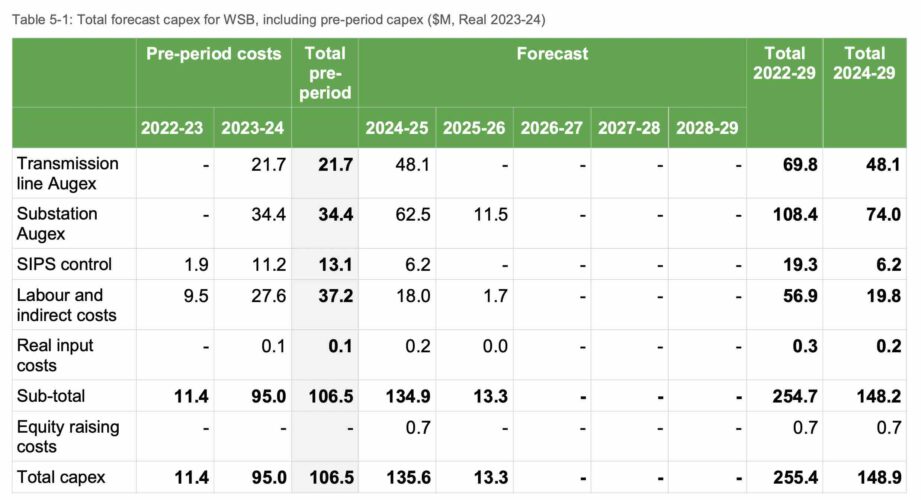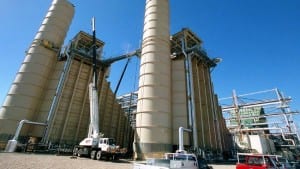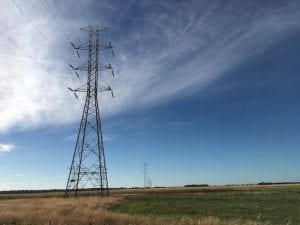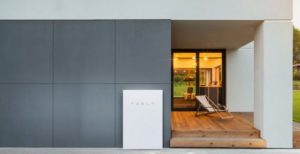It is, in the words of the network group that will manage it, the biggest and most complex standby battery systems in Australia, and one of the biggest in the world. It will also play a crucial role in holding the grid together after the planned closure of the country’s biggest coal generator in August, 2025.
But it won’t come cheap, although those involved insist it is the lowest cost option.
The so-called Waratah Super Battery is being built at the site of the shuttered Munmorah coal generator on the Central Coast of NSW, not too far away from the 2.8GW Eraring coal plant that it will help replace.
The project is estimated to cost around $1 billion, but so far few details of the nature of the contracts entered into by the NSW government, the transmission group Transgrid and the battery owner, BlackRock’s Akaysha Energy, have been revealed.
Now, thanks to the latest regulatory filing by Transgrid we get an idea of the “non-contestable” part of the whole project, namely the costs to be borne by the network. They are significant enough, at more than $250 million.
The “contestable” parts of the project, the payments to the Waratah battery to enable it to fill a specific purpose – to act as a kind of giant “shock absorber” and hold the grid together in the case of a major disruption, such as a fire or storm – remain hidden.
The battery is to be sized at 850MW and 1680MWh, making it the largest “standby” battery in Australia and one of the largest batteries, of any type, in the world. Up to 700MW and 1400MWh of the battery’s capacity will be paid to performer the “shock absorber role” at various times, mostly in demand peaks.
The Waratah battery is considered essential to help the Australian Energy Market Operator to better manage the grid and maximise the flow of power from far flung wind and solar farms into the major demand centres around Sydney, Newcastle and Wollongong, but it will also require significant network investment.
Transgrid’s submission to the Australian Energy Regulator identifies capital costs of $257 million from the network component of the project.
These include transmission line upgrades ($69.8 million), upgrades to substations ($108.4 million), and labour costs ($57 million). The smallest and potentially most interesting part is the investment in the brains that will control the System Integrity Protection Scheme for the five years it will be needed ($19.3 million).
SIPS contracts with big batteries have been signed before – with the original Tesla big battery at Hornsdale and at the biggest battery in the country so far, the Victoria Big Battery.
But Transgrid says the Waratah SIPS control system will be the largest and most complex of its type in the Australia’s main grid, known as the National Electricity Market.
The hardware will include one core logic unit which will control the scheme, one terminal site at the Waratah battery to monitor and control the battery, and three terminal sites at each of the “paired” generators to monitor and control those generators, who will also be paid to respond to any disturbances.
There will also be 14 new network monitoring sites at existing substations in northern and southern NSW, which will monitor 37 transmission lines for overload.
Transgrid says the nature of the substation and transmission line works align closely with its business as usual work program. But it says it is the speed at which this project is required that is the key difference and why an appropriate procurement strategy was developed to ensure the project’s success.
Transgrid warns, however, that the cost of materials to build this and other projects identified by AEMO in its Integrated System Plan is “soaring and volatile.”
It blames this on the surge in surge in construction activity globally, supply chain disruptions that have caused shortages in materials, the war in Ukraine that has driven up fuel costs, and fluctuations in commodity market prices for raw materials, such as steel, concrete, copper and aluminium.
Details of the “contestable” contract with Akaysha Energy are expected to be released at a later date.











